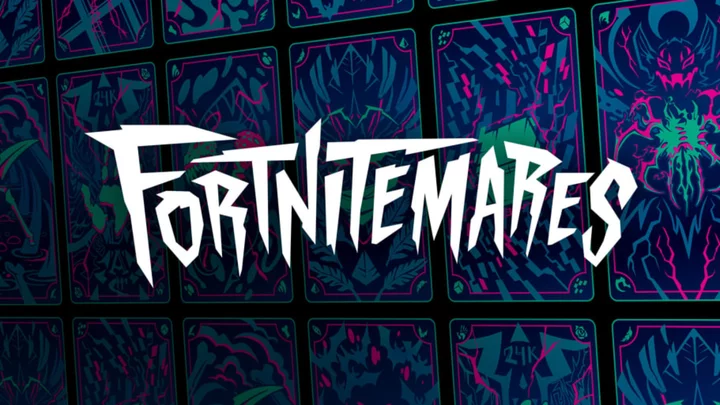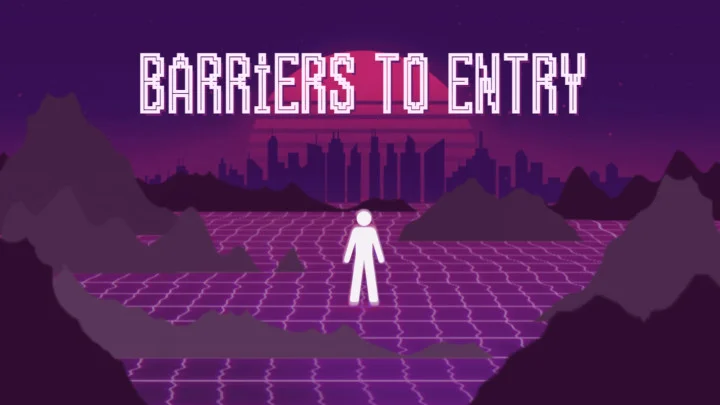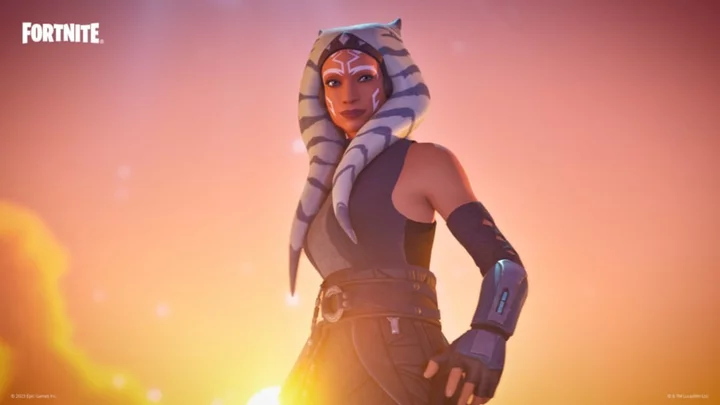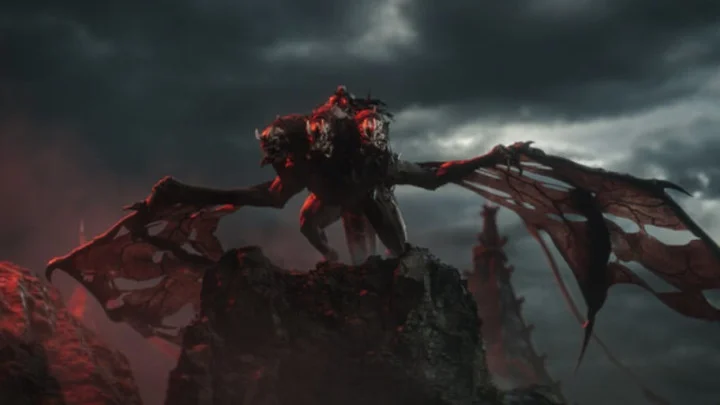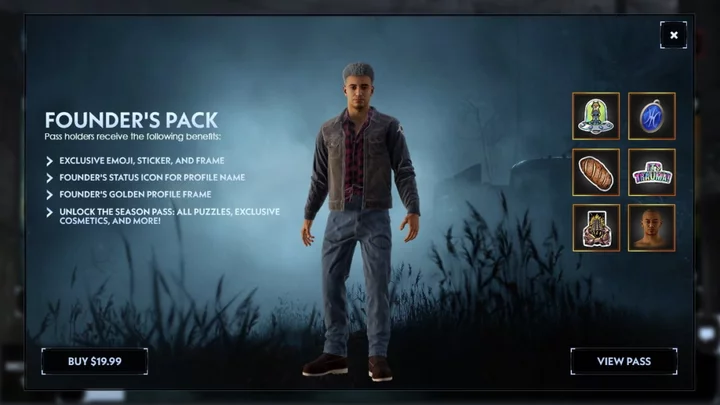ZADAR, Croatia—The pioneering first-person shooter Doom could not have been created without a few unusual ingredients: a NeXT workstation, a glass bowl slicked with motor oil, and some toy guns from Toys “R” Us.
Co-creator John Romero shared that bill of materials in a talk Monday that opened the Shift developer conference here, recounting 12 months of work that took Doom from concept to a download on maxed-out FTP servers.
He started with the NeXT computer purchase that paved the way for id Software, then based in Madison, Wisconsin, to ship this DOS game.
A slide shows the four simpler first-person shooter games id released before Doom. (Credit: Rob Pegoraro)"The computer was ordered cash on delivery, so John Carmack, who had no car, had to walk through the snow to the bank to get a cashier's check for $11,000 to buy this computer,” Romero said of his colleague’s procurement process.
But it was worth every dollar for NeXT’s development environment, he continued: “Objective-C and NeXTSTEP were a total dream compared to DOS.”
After shipping four earlier, simpler first-person shooters—Wolfenstein 3D may be the only one that evokes many memories among gray-haired gamers these days—id’s developers decided to raise their sights with Doom.
“At this early date, the term FPS doesn't even exist,” Romero said. “We don't know what to call our games other than just 3D.”
With id relocated to offices in the suburbs of Dallas—“we were on the sixth floor, suite 666,” Romero said—the project began at the end of 1992 with the Doom Bible, a design document for the game. And then id decided to kick offf a PR campaign as it began coding the game, a publicity step that must have evoked groans among the developer attendees at this conference run by the messaging-services firm Infobip.
“Incredibly, we issued a press release just as we began starting work on the game,” he said while showing an image of that announcement.
Toy Guns From Toys ‘R’ Us
Romero went into some detail about how his colleagues modeled the game’s weapons after obtaining their subjects from an unlikely source: “Even though we lived in Texas, we decided to get toy guns from Toys ‘R’ Us.”
He did not discuss the origins of Doom’s iconic “BFG 9000” weapon but did explain how its chainsaw began with developer Tom Hall borrowing one for modeling purposes. “His girlfriend had one, so he just brought it in,” Romero said. “We kept it in a bowl because it leaked oil.”
Id’s developers were also thinking about how to make Doom’s world look different from earlier games that put you in a maze of twisty little passages. Their insight on how not to make theirs stand out: no more right angles. “You name the maze game, and the maze was all 90-degree walls,” Romero said.
By February, id shipped a rough tech demo of the game. Recalled Romero: “We're still trying to figure out what levels will look like.”
Not long after, id passed on a branding opportunity that could have left the game with a much different cast of characters when the company declined an offer from 20th Century Fox to license Aliens. Romero said they didn’t want to drop all the work they’d done on the game’s demonic opponents.
After a forced three-week detour to write a Super Nintendo port of Wolfenstein when a contract programmer firm flaked, id shipped an alpha version of Doom, which Romero booted up in a DOSBox emulator. “It's not really great,” he said. “It's just the beginning.”
May saw Romero finish writing the level editor and start developing the game’s levels, followed by a pre-beta release in May. Lighting effects and belated work on sound drivers—”sound drivers kind of took a back seat to the engine,” Romero confessed—followed in the coming months. August also saw some HR turmoil with id firing Hall, a development that Romero described as his colleague electing to leave for a competing firm, Apogee Software.
Romero recalled realizing that the level editor needed more work—“the editor did not align textures automatically”—and required him to do that chore manually. “It was painful,” he said.
November "had to be the most insane month of development" because id had to cram in all the multiplayer work after another case of subpar project management. “We had basically forgotten that we need to create multiplayer.”
December 10, 1993 saw the game finally ready—after one last glitch. “We worked 30 hours straight to get Doom ready for launch, but then we found one final bug,” Romero said. “That bug was in the game from the first day we started making the game.”
Id uploaded the game and almost instantly saw download servers flooded. "They went down twice in the first 30 minutes," he said, but the rest is history.
“Shooters would dominate the industry for decades,” Romero said. “Game modding is incredibly popular, with many franchises that came out of modding.”
One consequence has resonated outside the game industry: “Free to play, which is how we distributed Doom, is the most popular distribution model of our times.”
Disclosure: I’m emceeing one stage at this conference, in return for which the organizers are covering most of my travel expenses.


